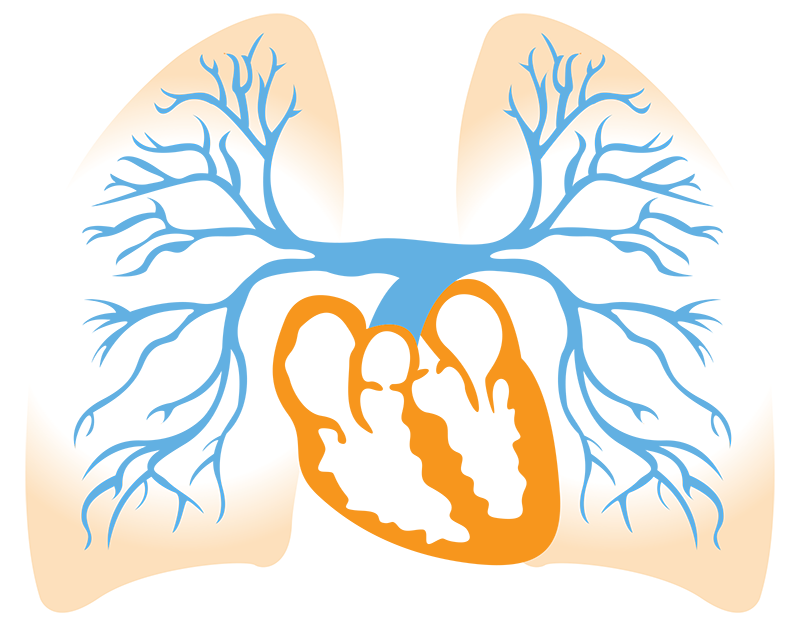Sandoz® Treprostinil Injection
Treprostinil Injection is a medicine that is given through a tube inserted under your skin or into a vein. Treprostinil Injection opens up blood vessels and may help relieve some of the common symptoms associated with pulmonary arterial hypertension (PAH; World Health Organization Group 1), such as shortness of breath with exercise.
Treprostinil Injection is a generic medicine
Treprostinil Injection is a generic for the brand-name medicine, Remodulin® (treprostinil) Injection, that is used to treat PAH (WHO Group 1). Treprostinil Injection is therapeutically equivalent to the brand-name medicine.
Treprostinil Injection is available at generic pricing.
.

When taking Treprostinil Injection, you may experience side effects, including
| • Headaches | • Jaw pain |
| • Diarrhea | • Reddening of your skin |
| • Nausea | • Dizziness |
| • Swelling | • Muscle or joint pain |
| • Itching | • Low blood pressure |
When you have an IV infusion, your blood can get infected when bacteria or other germs get into the bloodstream. Your healthcare team will teach you how to set up your medicine, discuss ways to help you prevent infection, and manage potential side effects.
